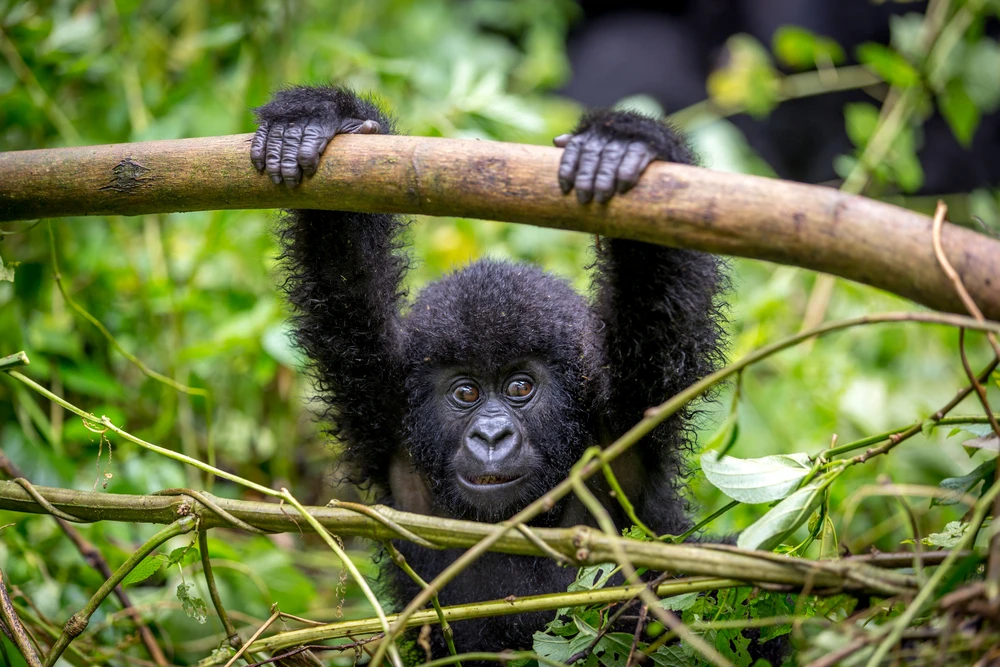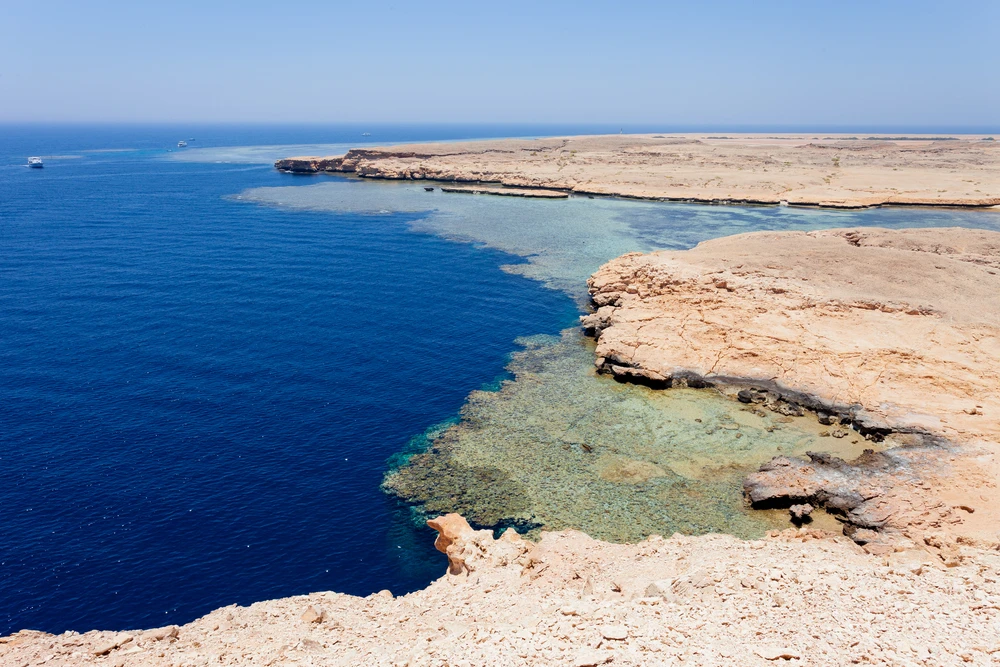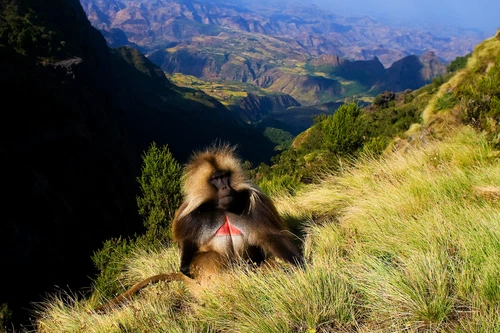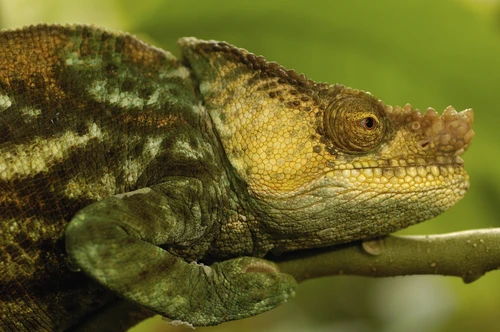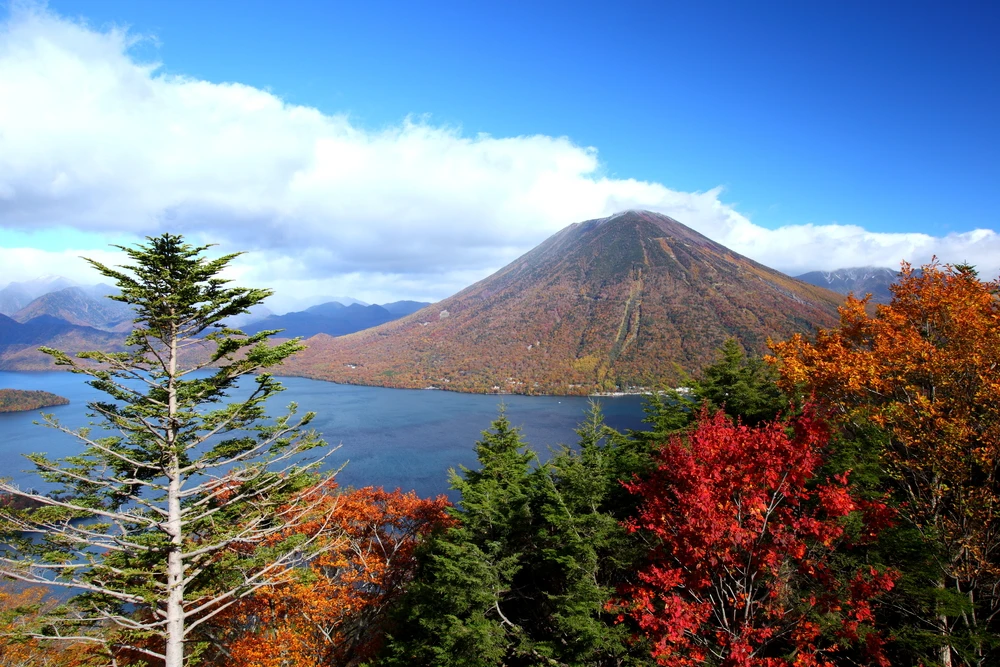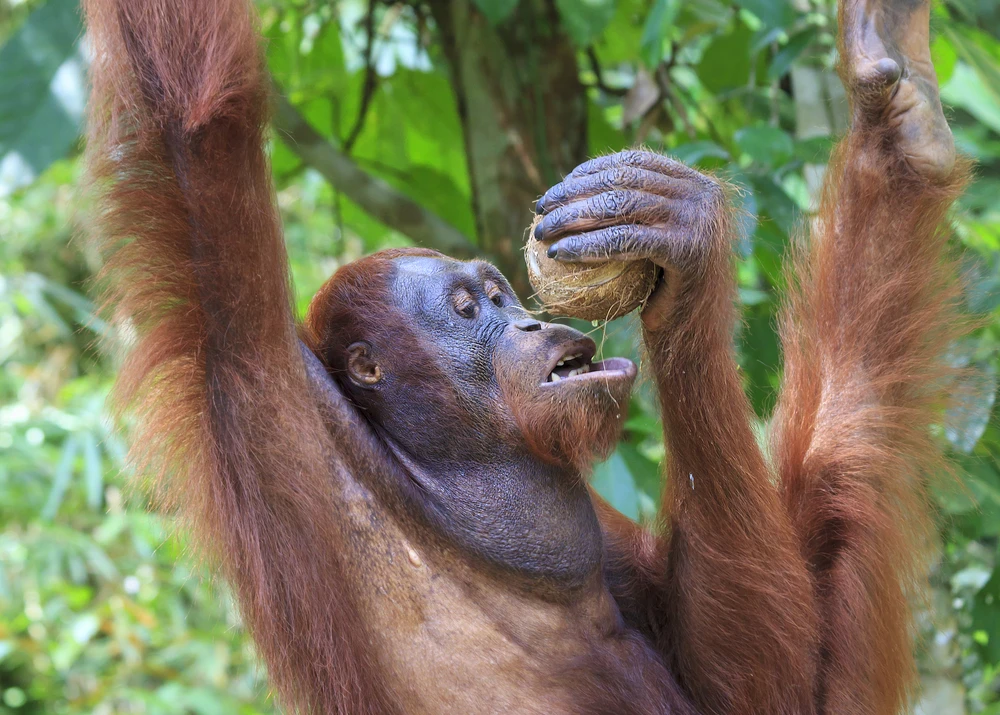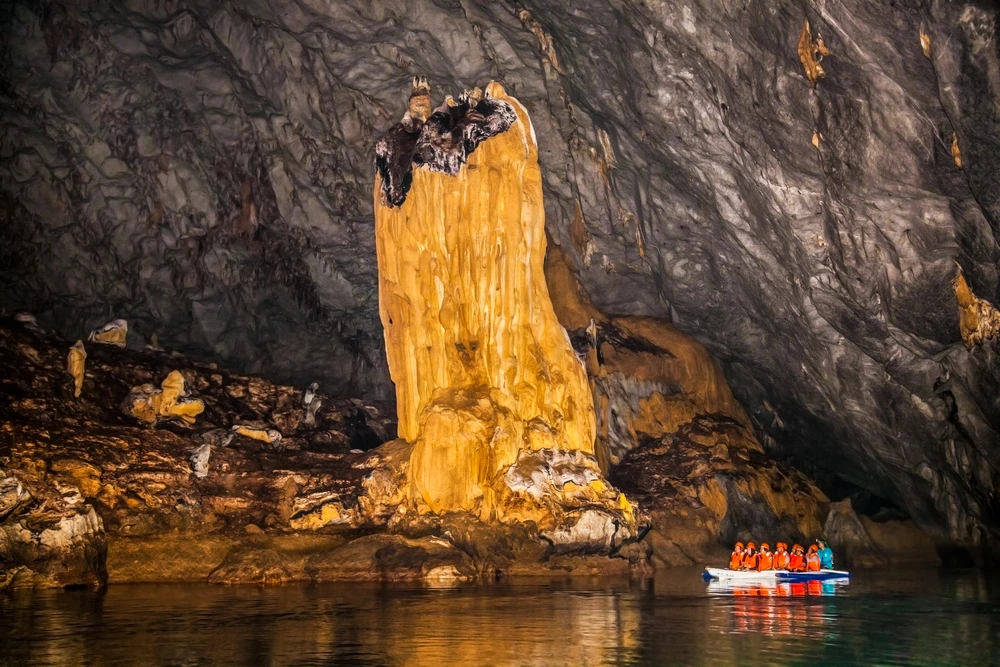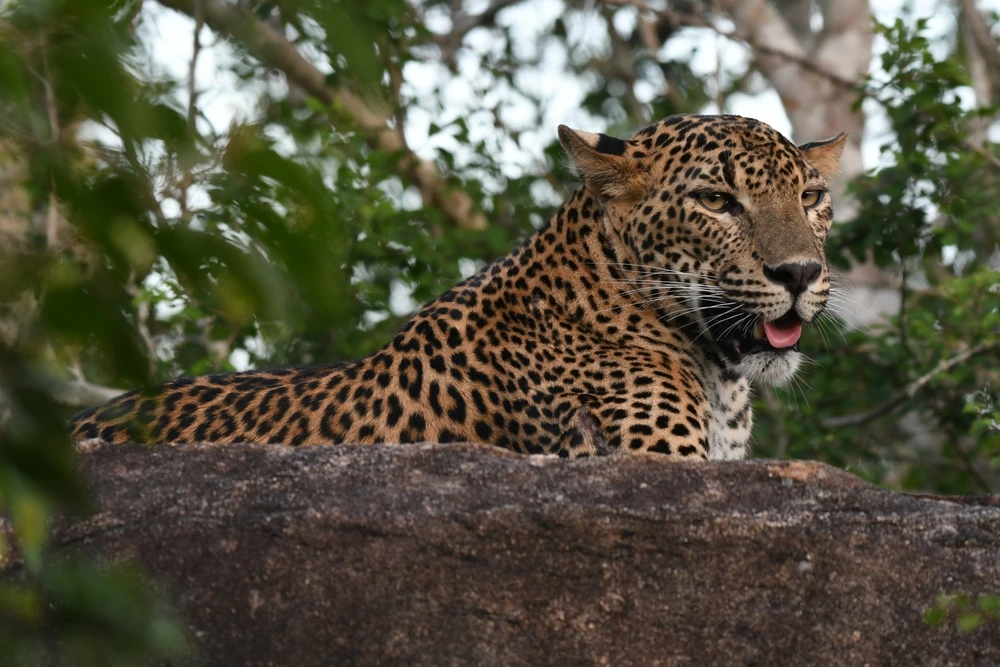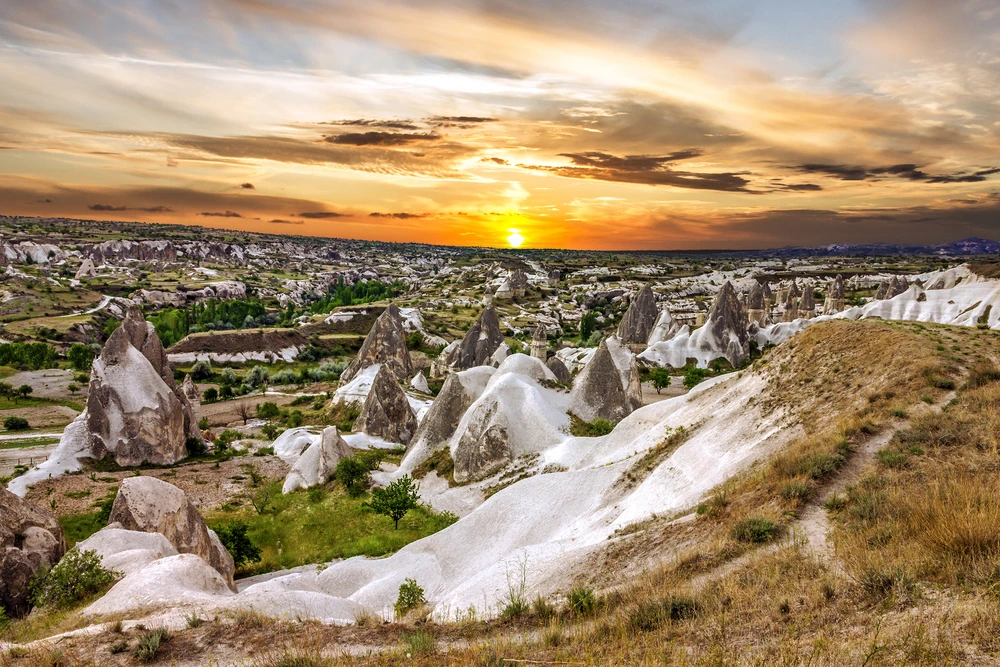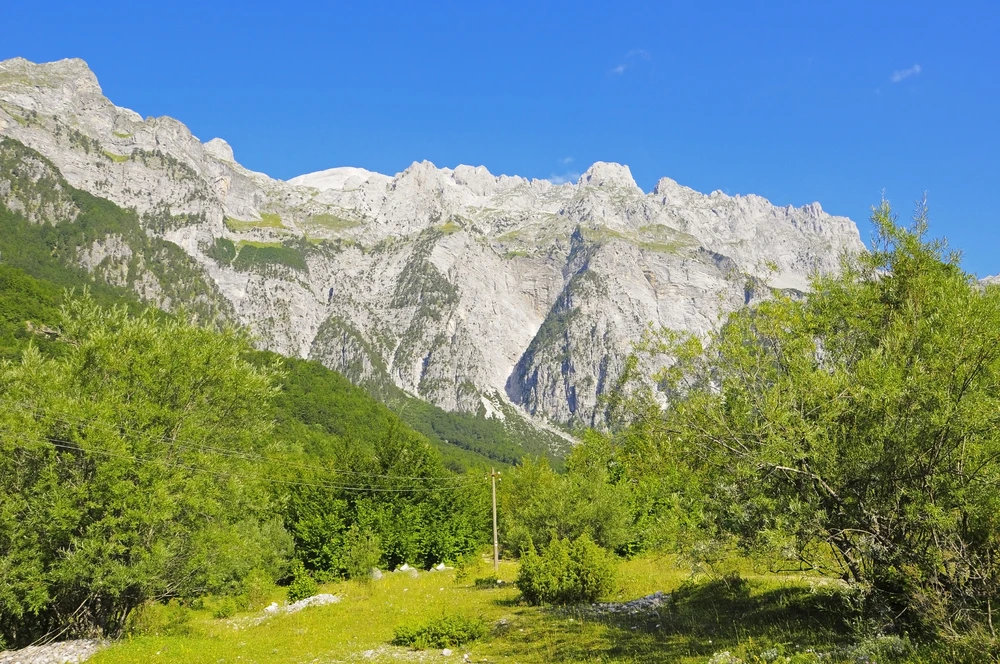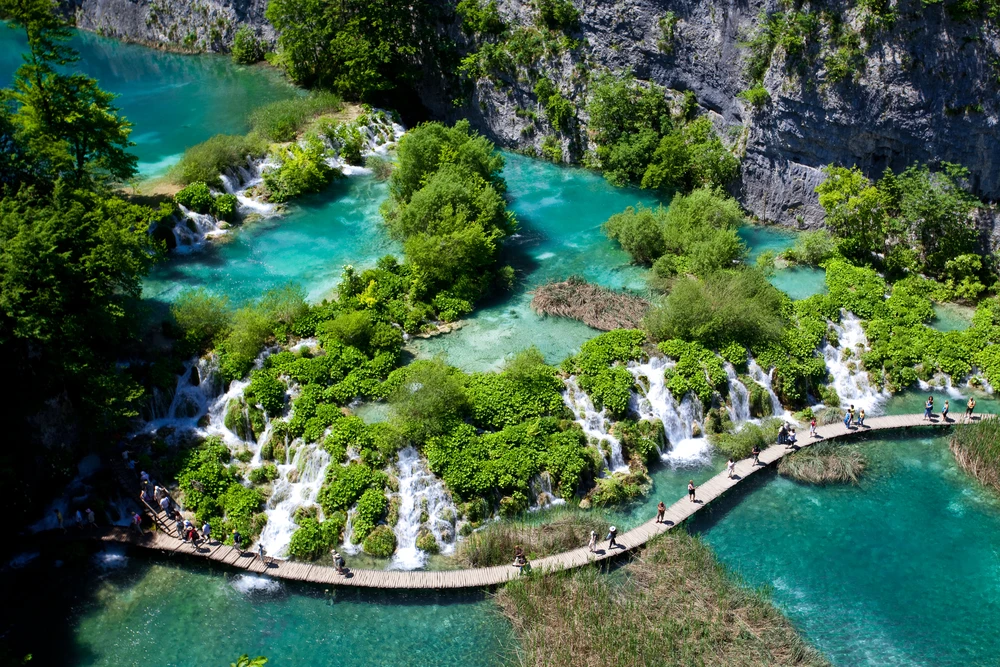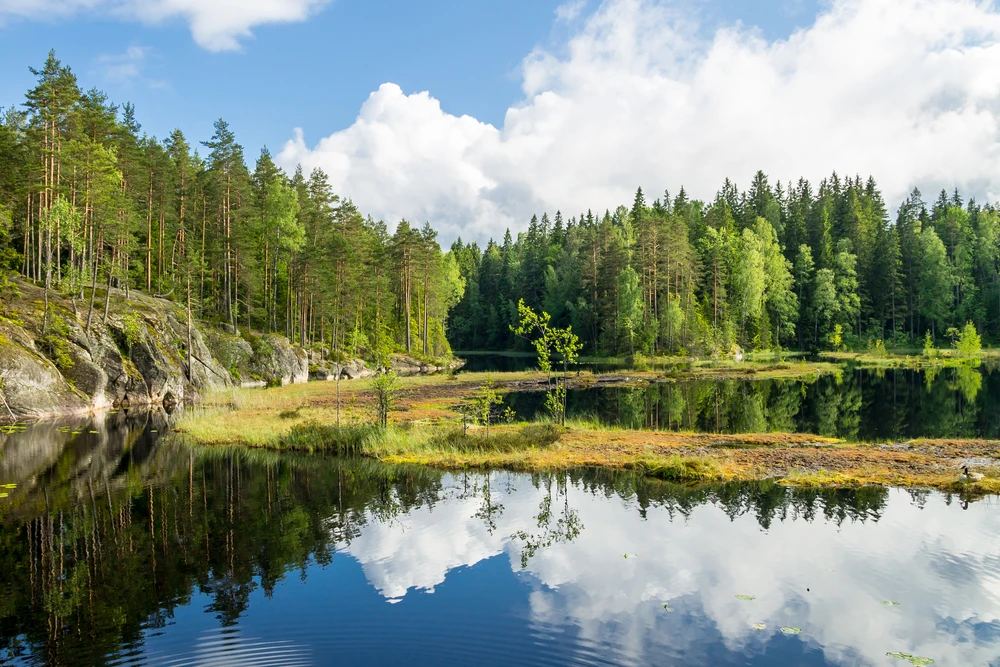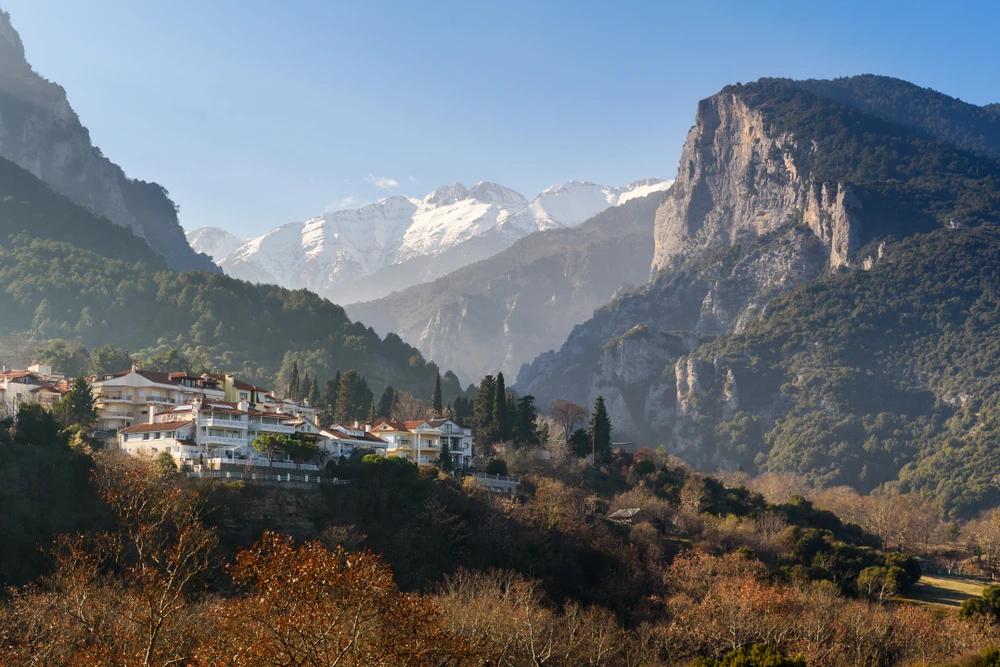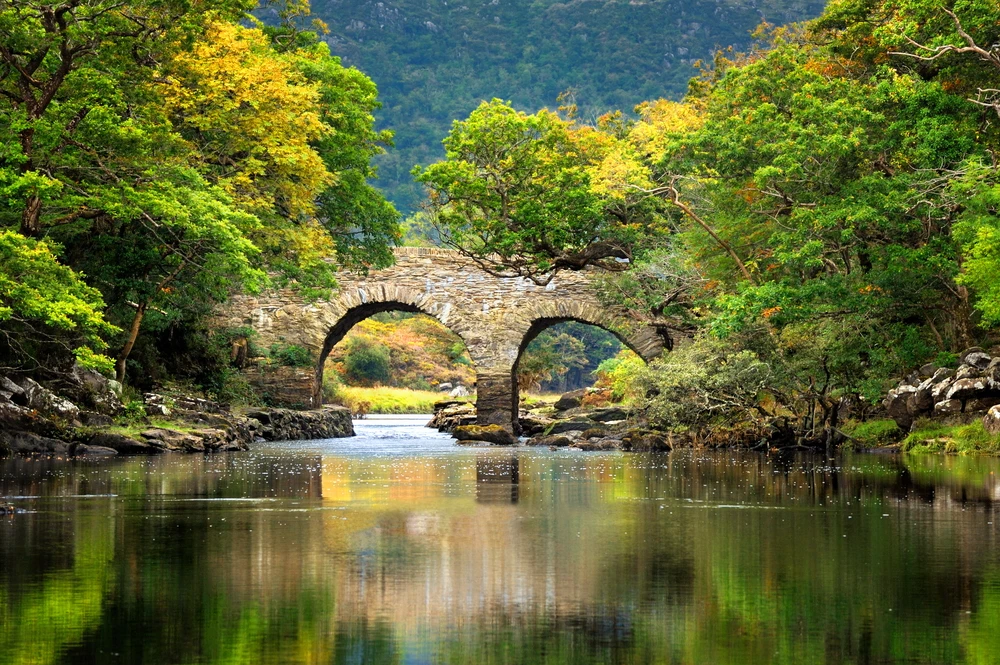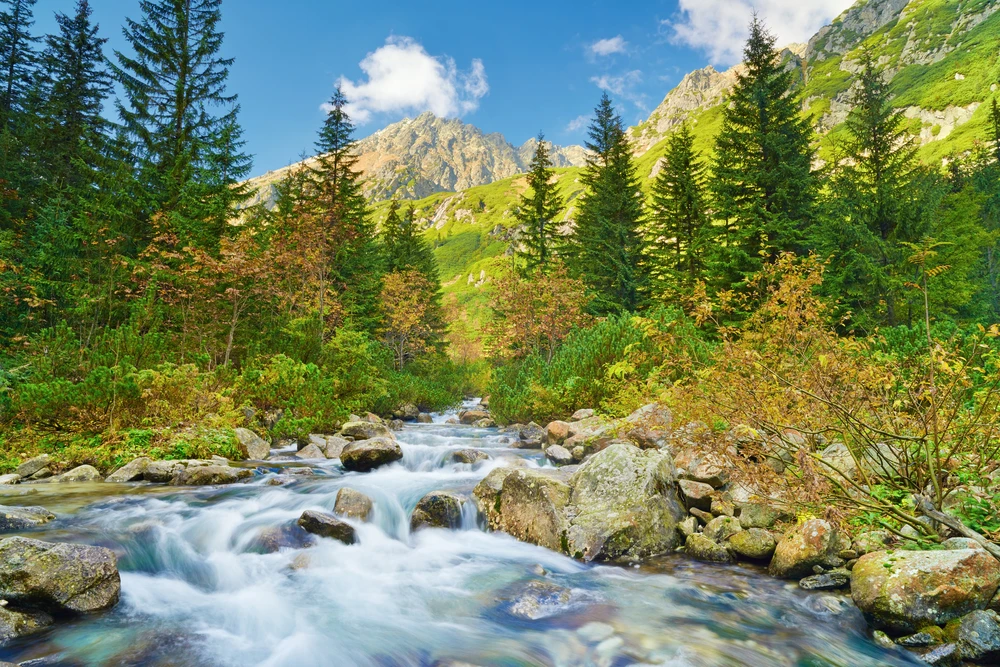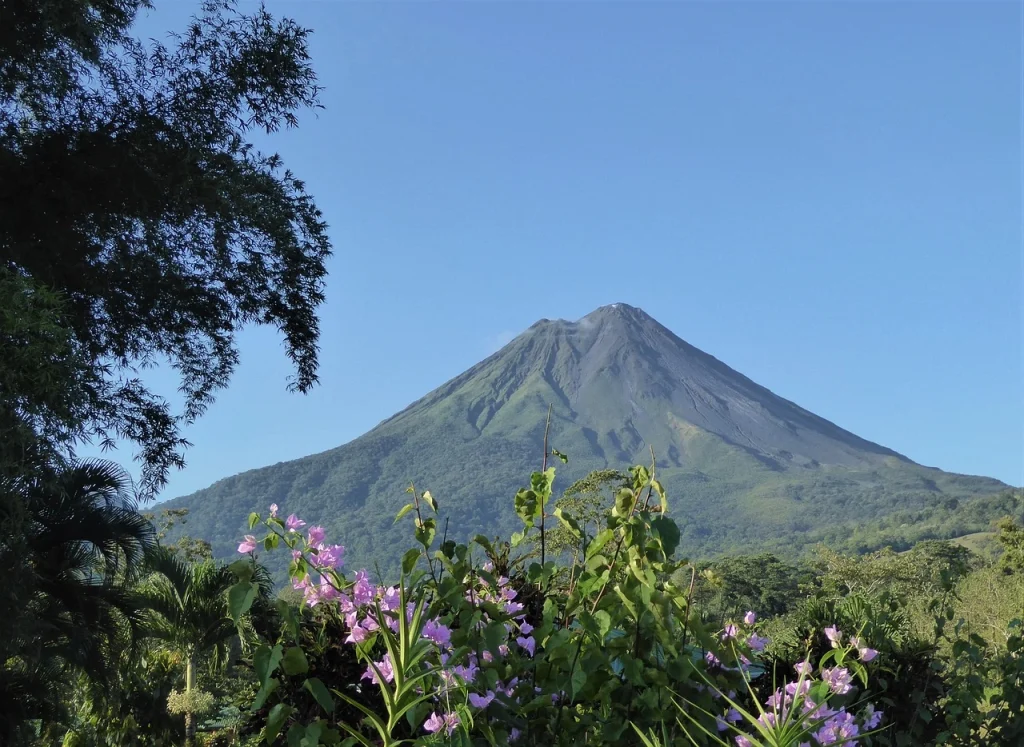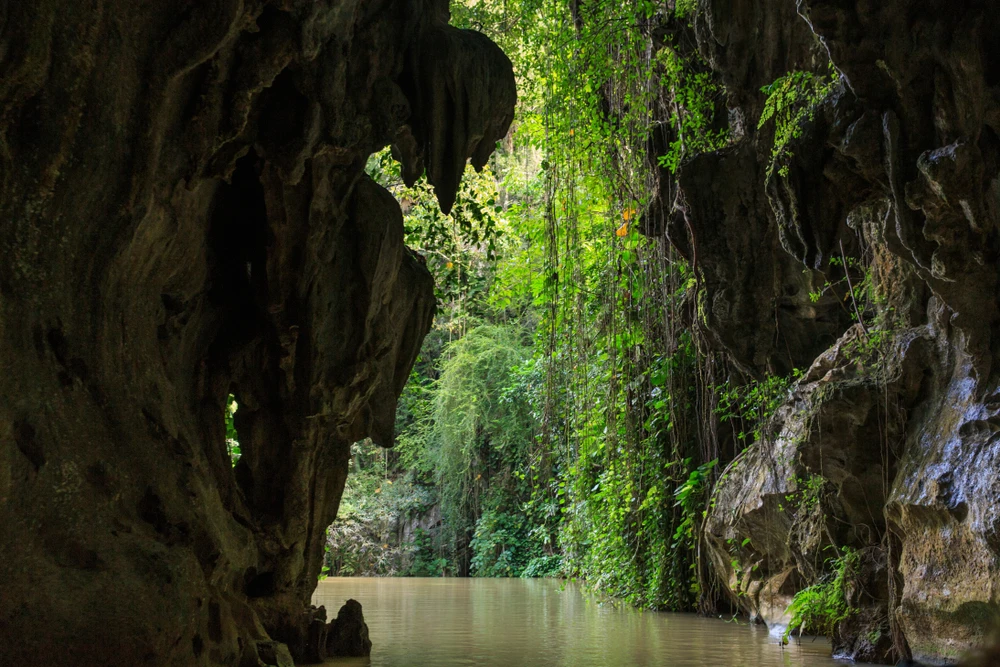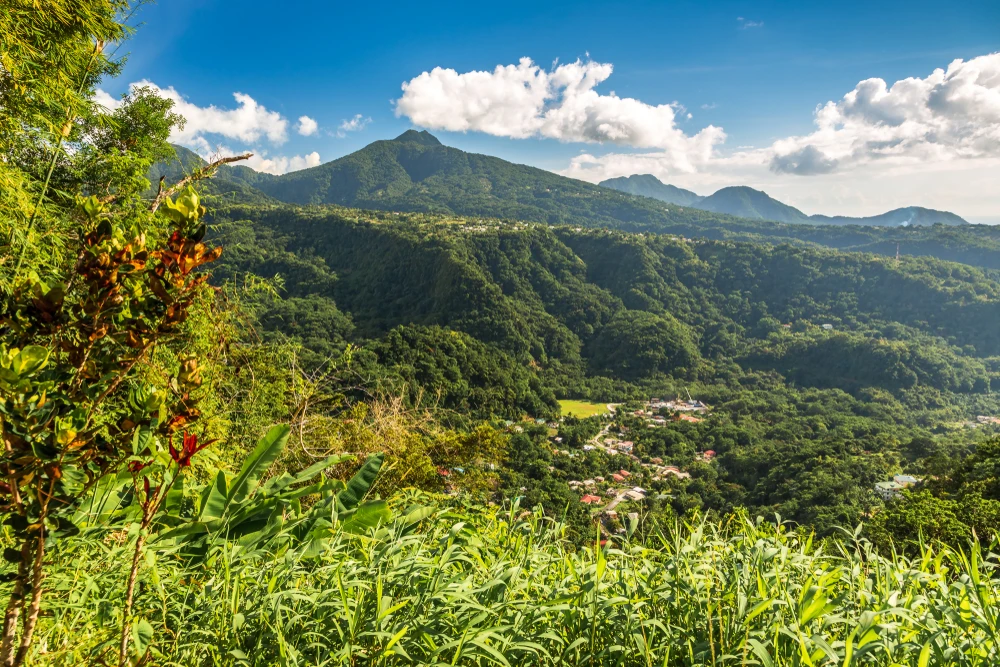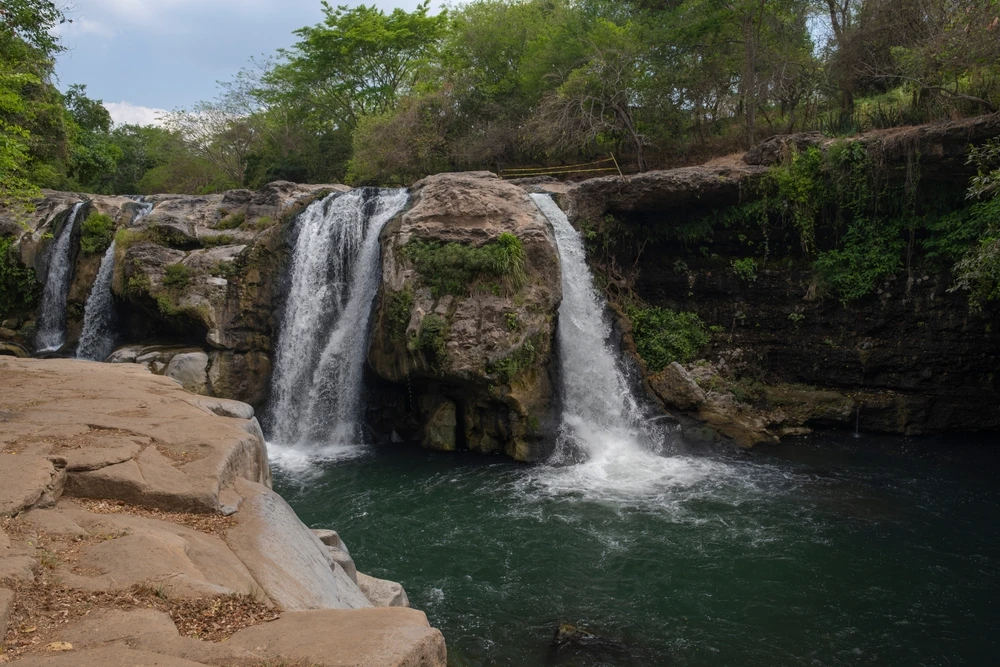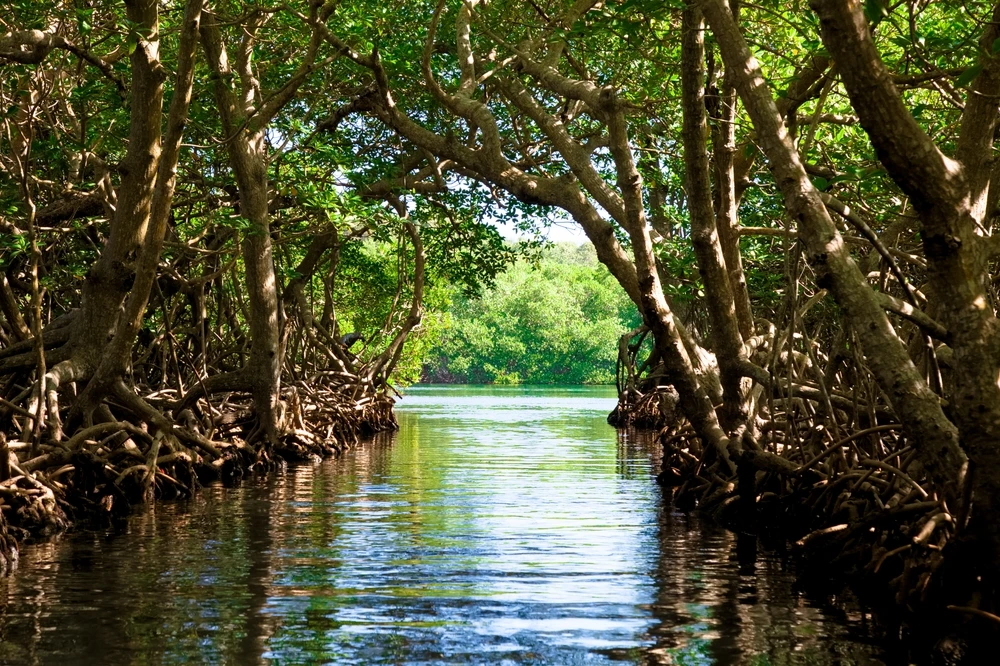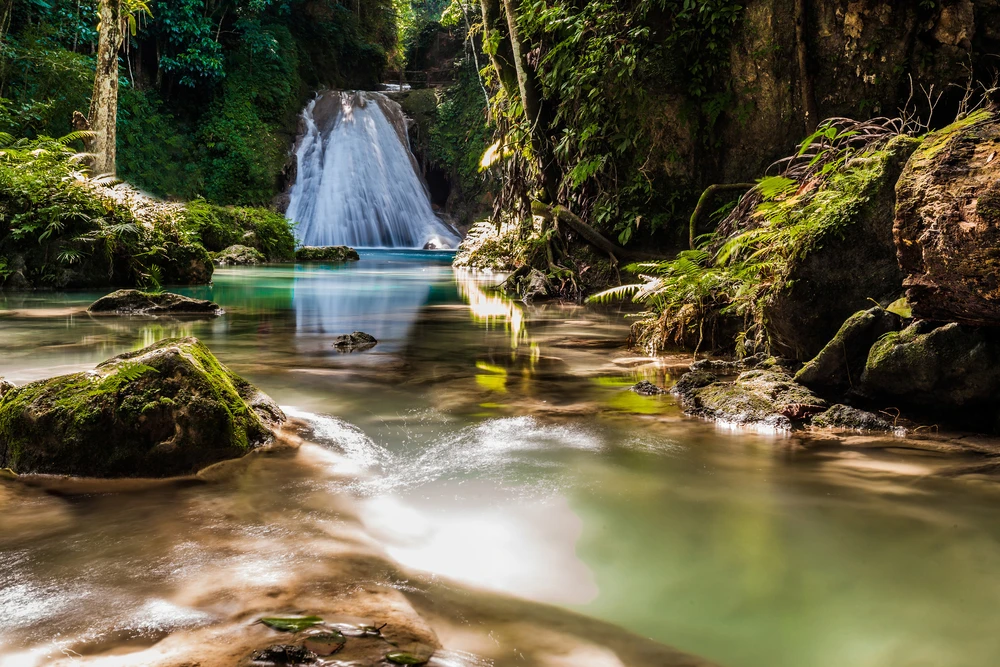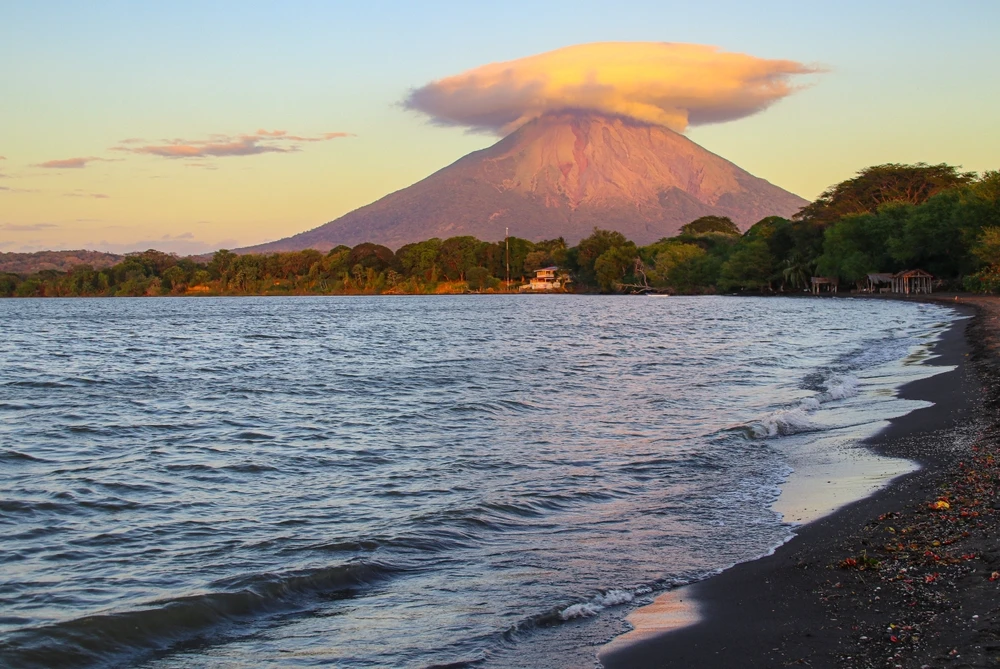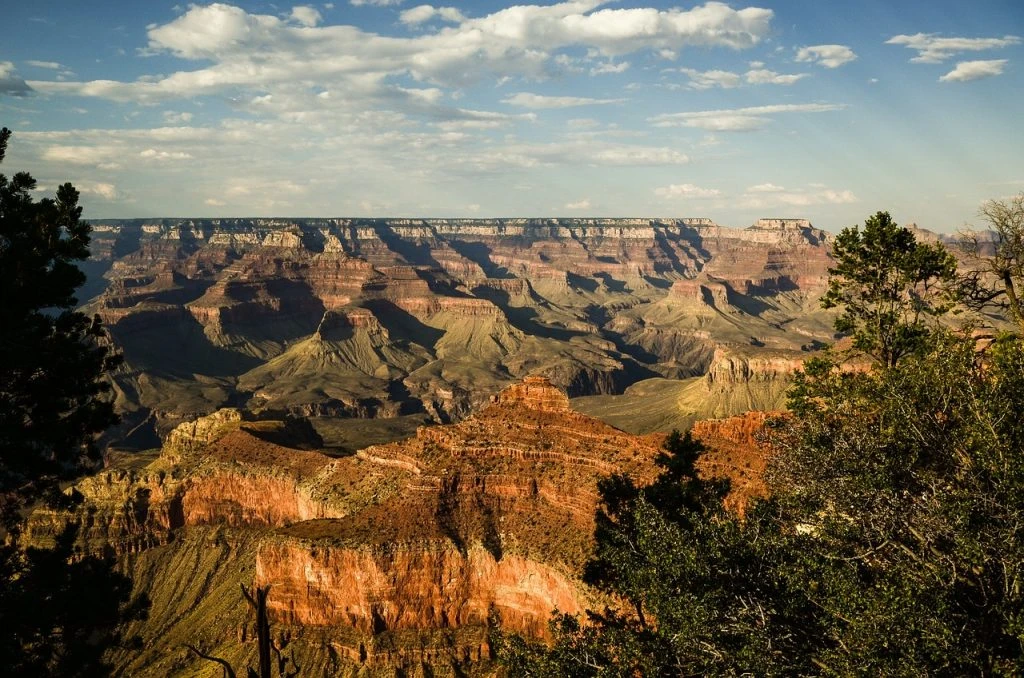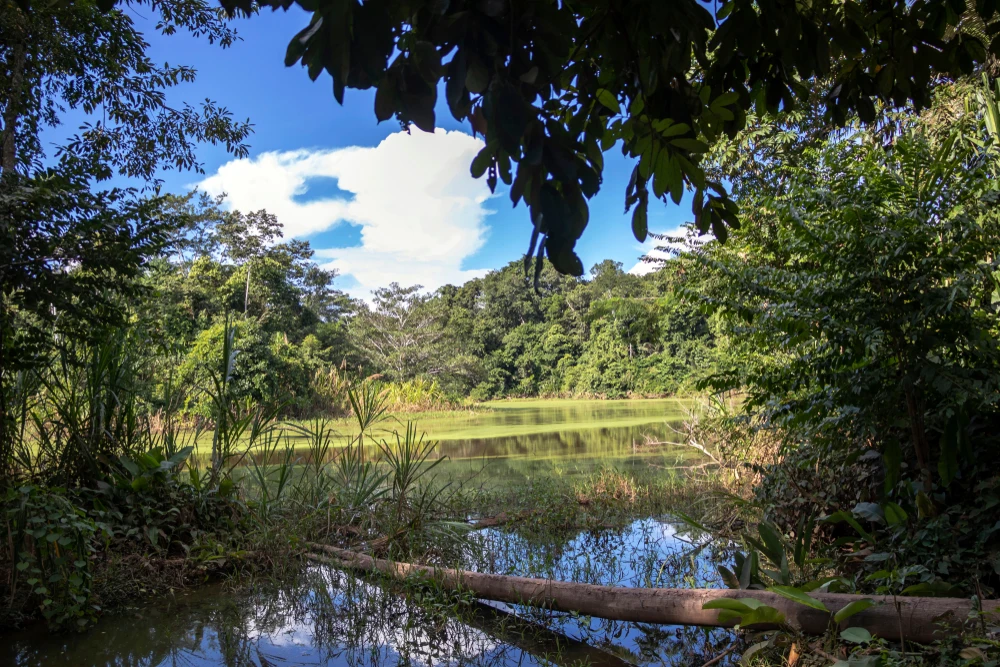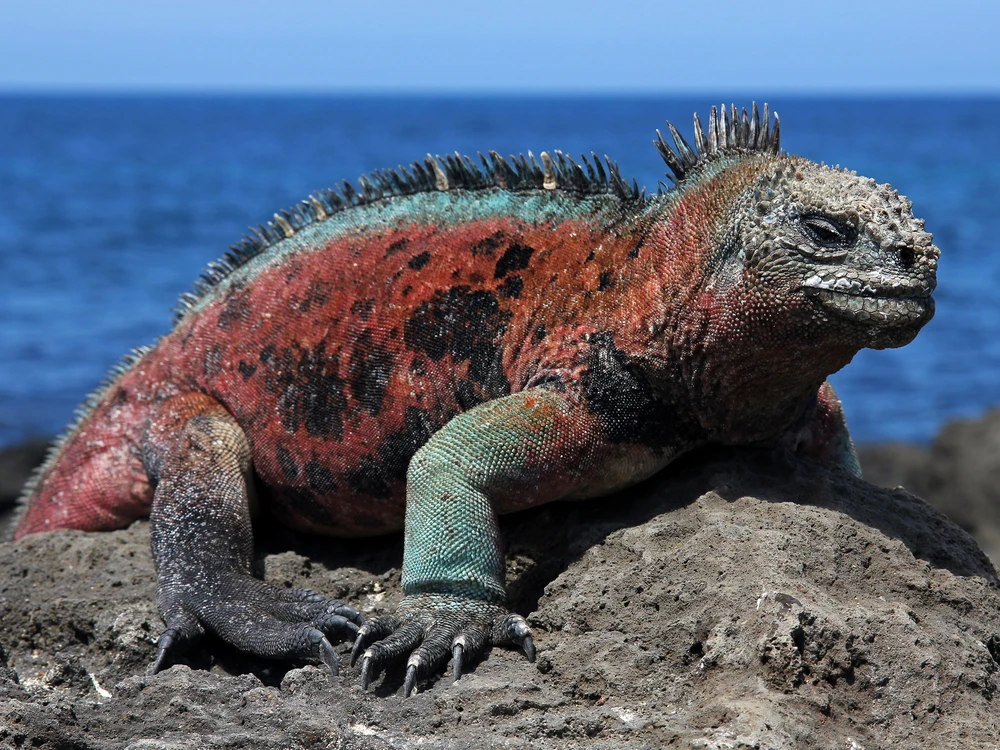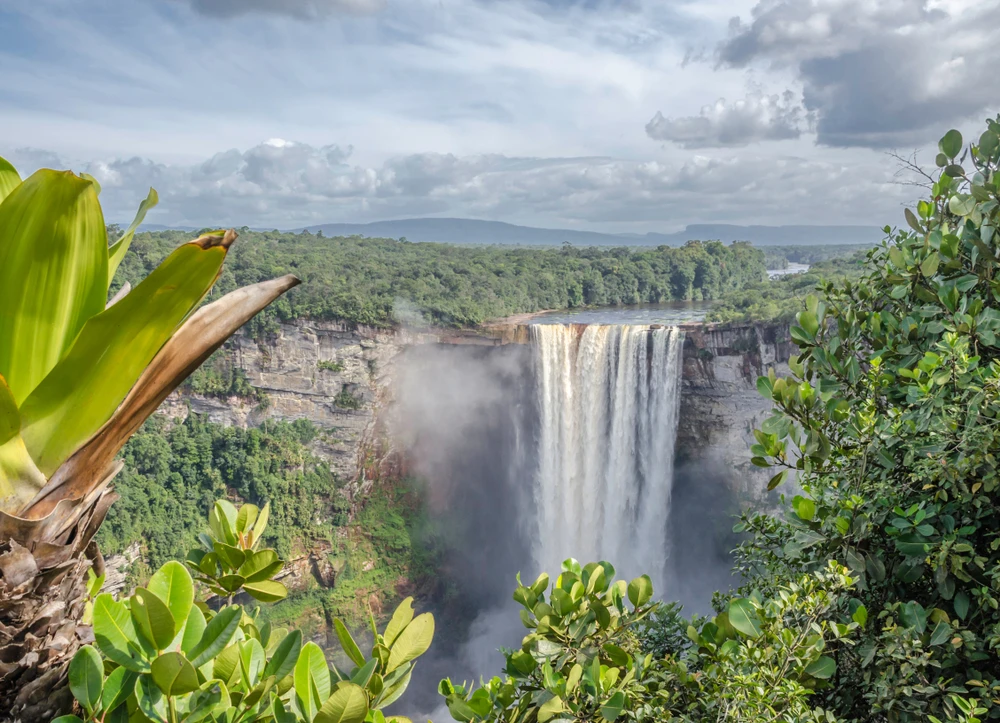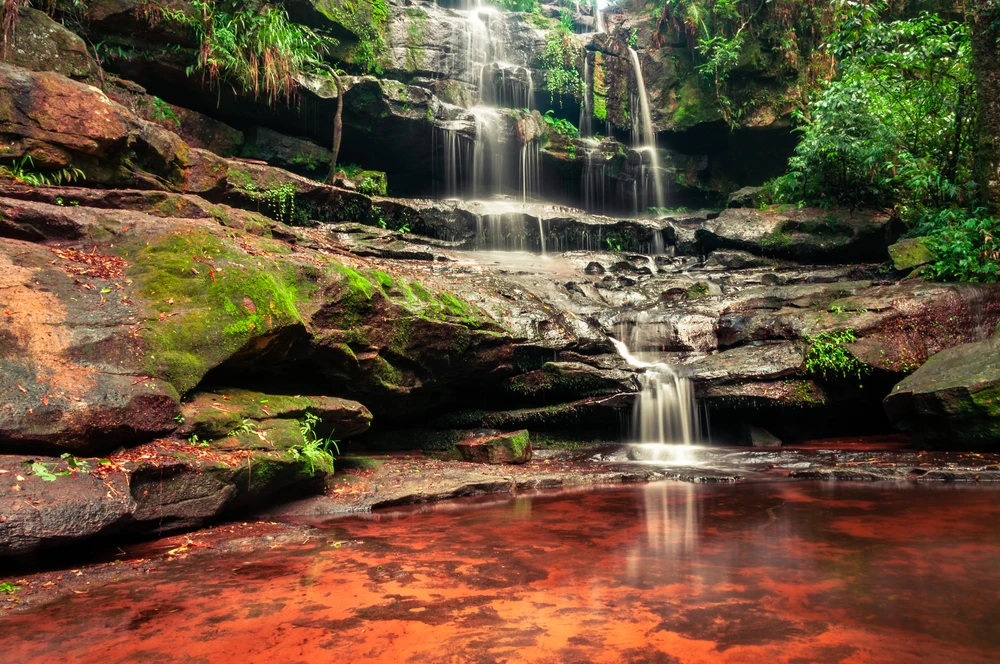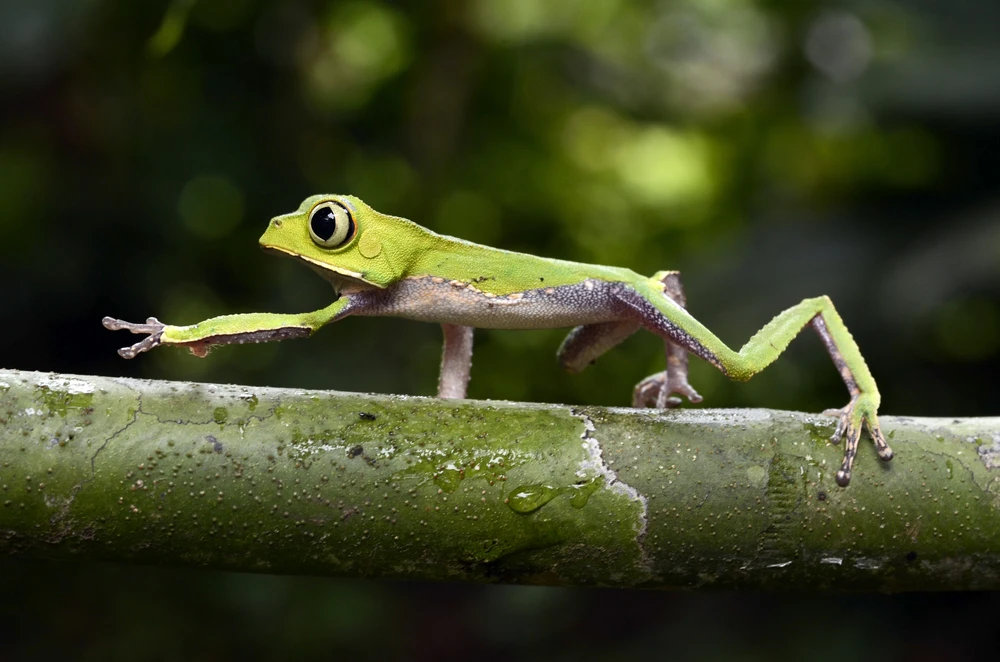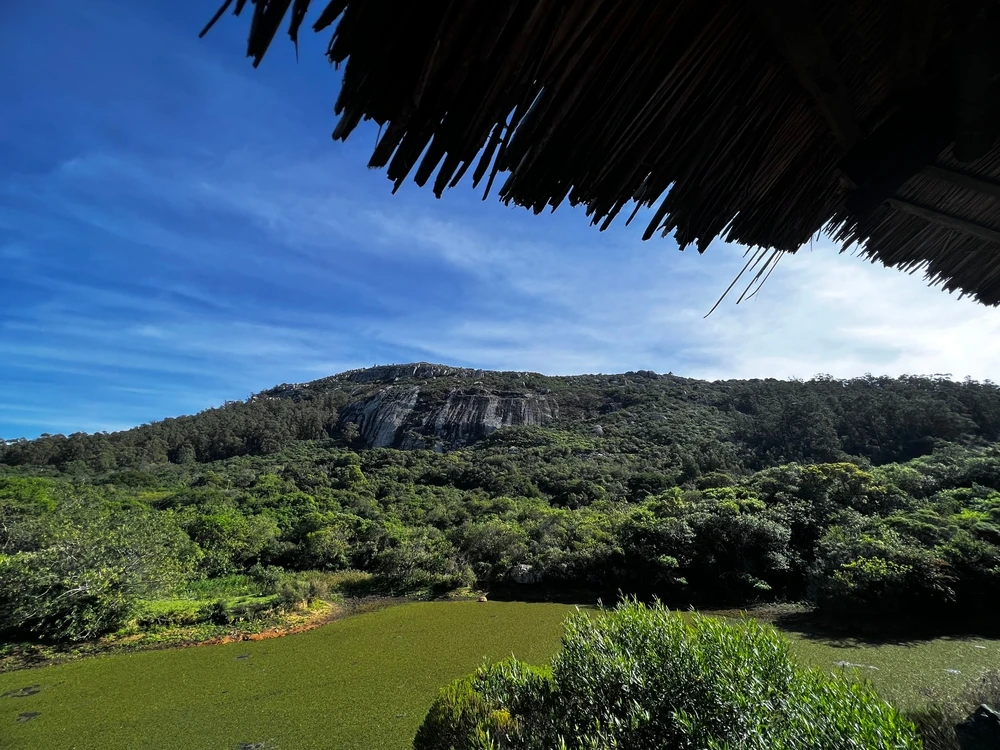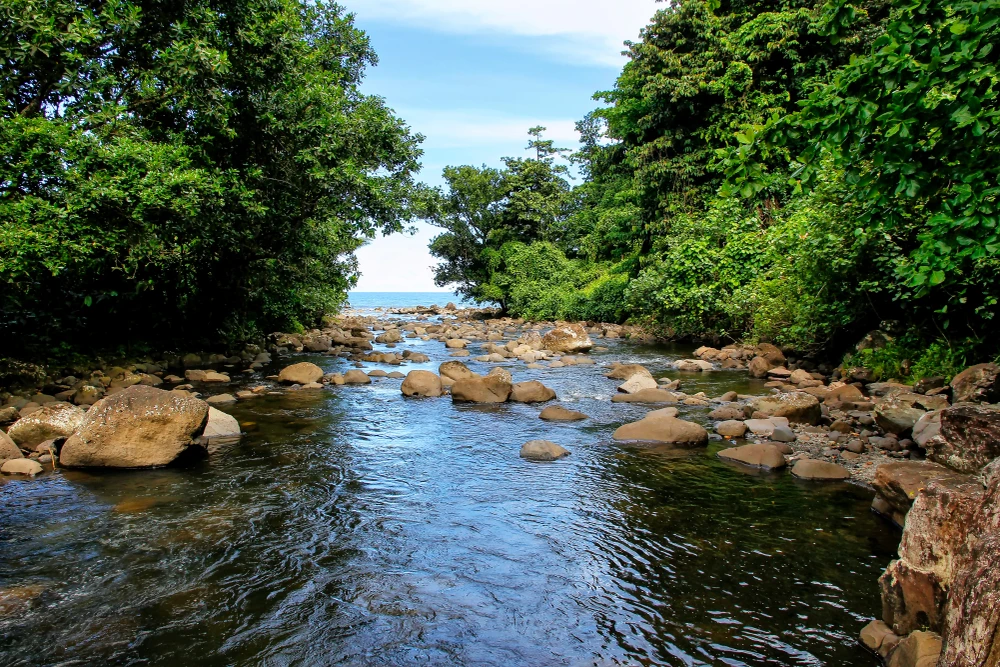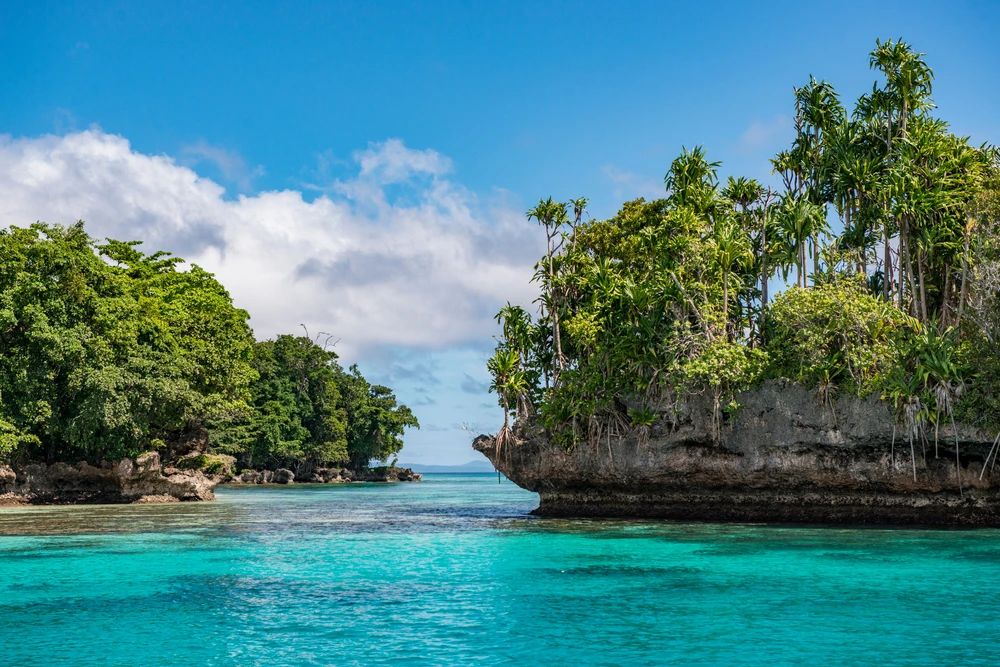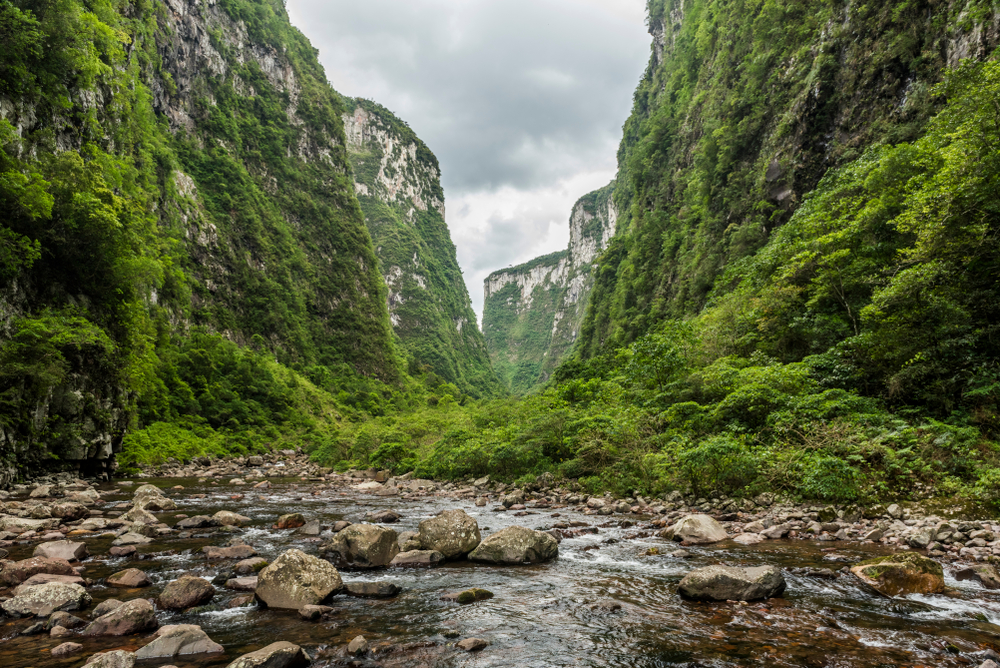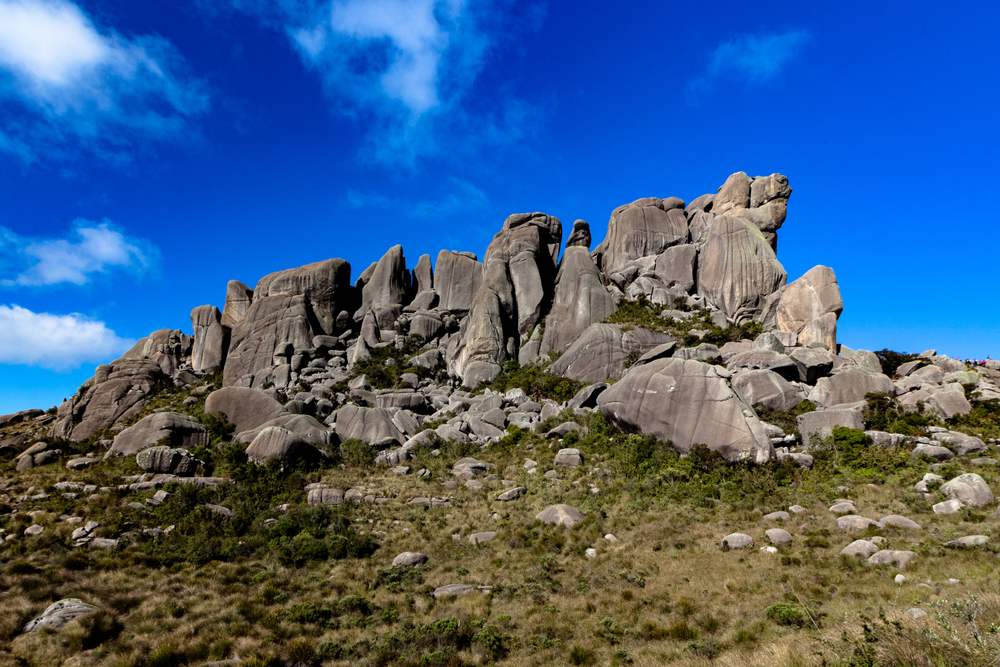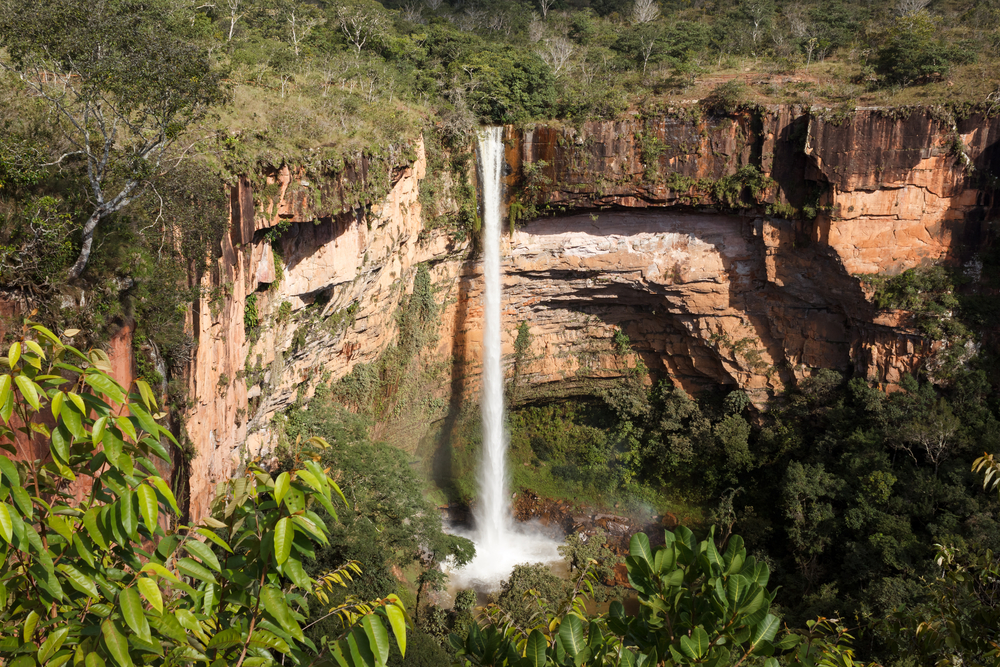Aparados da Serra Overview
Aparados da Serra National Park, or Parque Nacional de Aparados da Serra in Portuguese, is located in southern Brazil, straddling the states of Rio Grande do Sul and Santa Catarina.
Covering approximately 39 square miles (102 square kilometers), this park is renowned for its dramatic canyons, particularly the Itaimbezinho Canyon, which is one of the most striking geological formations in the region.
The park sits on the Serra Geral mountain range, an extension of the larger Brazilian Highlands, and features steep escarpments, deep gorges, and lush forests. The landscape is a mix of Atlantic Forest and high-altitude grasslands known as campos de cima da serra, creating a stunning contrast between rugged cliffs and verdant vegetation.
The terrain is defined by towering rock walls that plunge hundreds of meters into the depths of canyons, with rivers such as the Rio do Boi winding their way through the valleys below. Waterfalls cascade over the cliff edges, including the dramatic Andorinhas and Véu de Noiva waterfalls, which add to the breathtaking scenery.
The park’s high-altitude grasslands are interspersed with patches of dense araucaria forests, where the ancient Paraná pine tree thrives. Mosses, ferns, and orchids cling to the rocky outcrops, and the shifting mist often blankets the landscape, adding an air of mystique to the environment.
Wildlife is abundant within the park, making it a haven for nature lovers and birdwatchers. Mammals such as the elusive puma, maned wolf, and ocelot roam the forests, while smaller species like the South American coati and brown howler monkey are frequently spotted.
The park is also home to a rich variety of bird species, including the red-spectacled amazon, vinaceous-breasted parrot, and black-and-white monjita. Raptors like the ornate hawk-eagle and black-chested buzzard-eagle soar above the canyons, while hummingbirds flit among the flowering trees. The diversity of ecosystems within the park provides a crucial refuge for many endemic and threatened species.
One of the main attractions of the park is the Itaimbezinho Canyon, with its sheer rock faces stretching for miles and offering breathtaking viewpoints. Visitors can experience the park through a network of well-maintained trails, such as the Trilha do Vértice, which provides a panoramic view of the canyon, and the Trilha do Cotovelo, a longer route that follows the edge of the cliffs.
For those seeking a more immersive adventure, the Rio do Boi Trail descends into the depths of the canyon, leading hikers through river crossings and rugged terrain, offering an up-close experience of the park’s geological wonders.
Outdoor enthusiasts can explore the park through hiking, wildlife spotting, and photography, with the dramatic landscapes providing endless opportunities for stunning shots. Due to the frequent mist and unpredictable weather, visitors are encouraged to plan their hikes carefully and bring appropriate gear.
Rangers and conservationists actively monitor the park to balance tourism with environmental preservation.
Aparados da Serra National Park faces ongoing conservation challenges, including habitat degradation, illegal hunting, and encroachment from agriculture. However, its designation as a national park has played a crucial role in protecting its unique landscapes and biodiversity.
Efforts to enhance visitor education and promote sustainable tourism continue to be a priority, ensuring that the park remains a sanctuary for both wildlife and future generations of nature enthusiasts.


